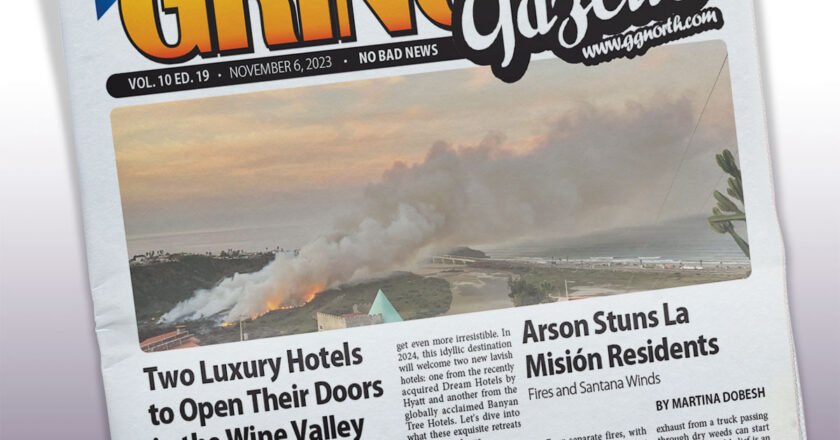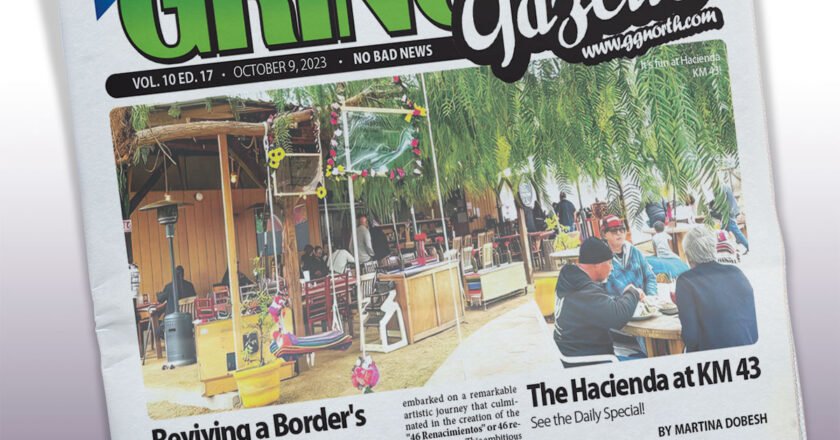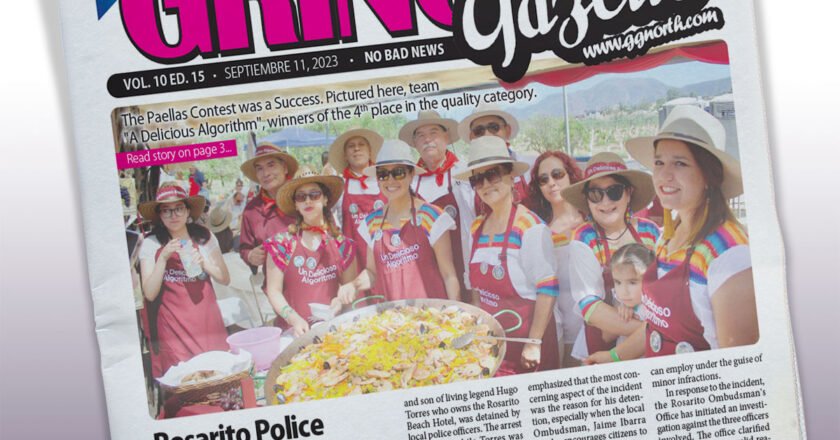How to download a PDF of this publication:1. Open the newspaper in Full Screen by clicking “Read Now”2. Click on …


How to download a PDF of this publication:1. Open the newspaper in Full Screen by clicking “Read Now”2. Click on …

How to download a PDF of this publication:1. Open the newspaper in Full Screen by clicking “Read Now”2. Click on …

How to download a PDF of this publication:1. Open the newspaper in Full Screen by clicking “Read Now”2. Click on …

How to download a PDF of this publication:1. Open the newspaper in Full Screen by clicking “Read Now”2. Click on …

How to download a PDF of this publication:1. Open the newspaper in Full Screen by clicking “Read Now”2. Click on …

How to download a PDF of this publication:1. Open the newspaper in Full Screen by clicking “Read Now”2. Click on …

How to download a PDF of this publication:1. Open the newspaper in Full Screen by clicking “Read Now”2. Click on …

How to download a PDF of this publication:1. Open the newspaper in Full Screen by clicking “Read Now”2. Click …

Hey there, food and wine enthusiasts! Remember that stormy weekend when Hilary decided to rain on our paella parade? Well, …

Last year, Playa Hermosa in Ensenada was not only the town’s but also the country’s most polluted beach. Now, this …